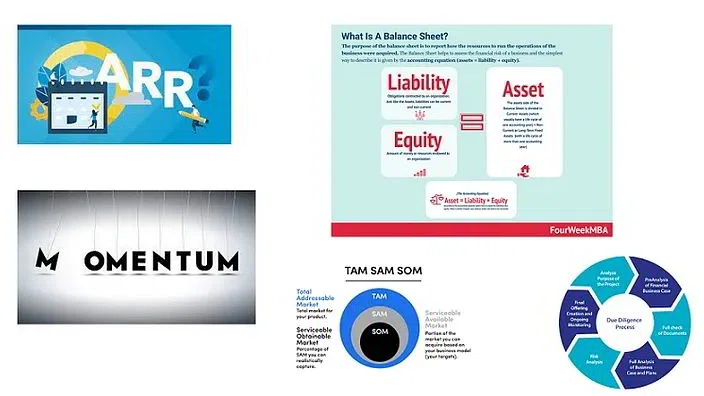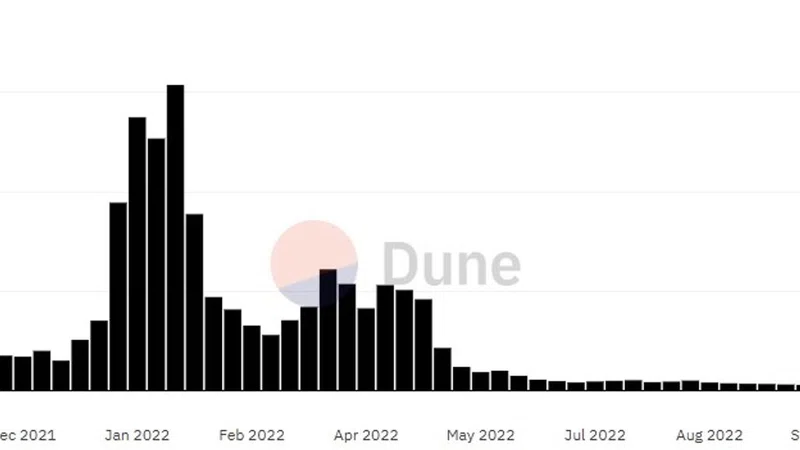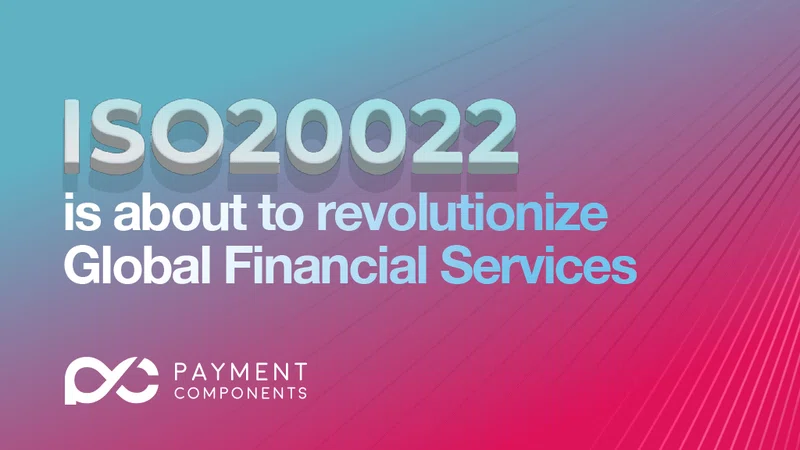Over the past few months, I have had the opportunity to evaluate a number of early-stage deals for consideration in a change/control situation and thus I thought I would try to share some observations that I am evolving on valuation.
- First, as I have often noted in past M&A deals, I have done, from a seller’s perspective, the best buyers are, especially in weak market conditions, strategic buyers who already have both familiarity and appreciate for the business and the management team’s prowess. While familiarity doesn’t guarantee ignoring financial metric, the buyers who are most often able to execute already have acquired an intimate appreciation of what it is like to work with the target, and how different types of synergies can best be realized in a tangible way. These firms are often willing to make pre-emptive bids, or present a better bid structure for an entrepreneurial team looking for a growth partner.
- Second, while growth companies with limited profitability are still being valued on revenue multiples, the multiples being offered/paid are increasingly being shaped by other factors. In particular, shrewd buyers always will take a detailed look at the balance sheet, and the extent to which both debt and liabilities will impact valuation. Buyers usually will seek to build enterprise value considerations around debt and cash free positions, and thus those that have poorly managed cash flow and working capital funding will find themselves seriously downgraded. As market liquidity has receded in the past year, and follow-on funding conditions have deteriorated, companies are being penalized for both bad decisions on cash allocation, and also on liability management. This is pushing many more early-stage companies into “semi-distressed” sales processes following mis-steps in capital allocation in 2020–2022.
- Third, while CEO will argue against it, past momentum increasingly is a core determinant of future outcomes. Business leaders have often pitched to me that growth will come through investment in sales, marketing and client success, but if the momentum in terms of existing account revenue growth, and a strong pipeline in all stages of evolution just isn’t there, buyers will no longer be prepared to overpay on any sort of ARR acceleration bet. Companies that are either operating in highly competitive markets, or reside in a market with a reduced TAM can create their own version of the hockey stick effect, but buyers are now far more sanguine, and cautious in pricing this into their present value consideration. Real value creation relies on an evolving and ever continuously growing funnel of prospects, rising conversion rates, and improving commercial deal dynamics.
- Fourth, financial buyers in change/control scenarios are rarely the best buyers when it comes to price and governance. Those who have a strong thesis and are operating with a buy and build mandate are certainly able to overpay for a strategic asset from time to time, but strategic buyers, especially those with a strong belief in their cross-selling capabilities are prepared to pay more for go-to-market situations, esp. if the parameters cover geographical, client segment and/or value chain considerations. The ability to identify synergies on both the cost and business side will certainly be a factor in this, but domain expertise when it comes to the entirety of the value proposition also plays a significant role.
When I am working with the selling entrepreneurs, I also make it clear to them the steps needed to achieve maximum value, while similarly on the buyside the task is to identify undeniable risks that ensure a fair price valuation can be achieved.











